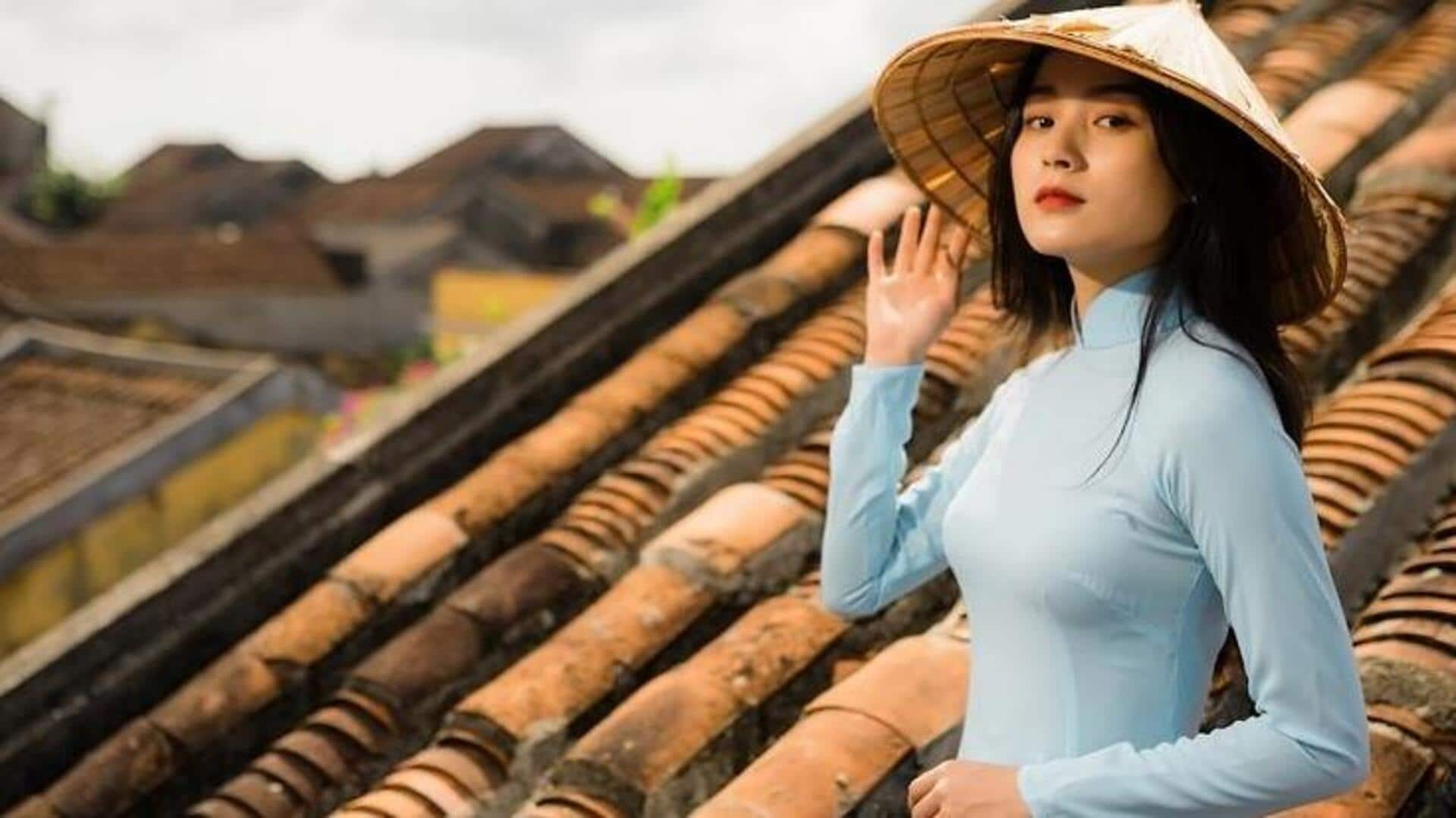
Delve deeper into the timeless charm of 'ao dai'
What's the story
The ao dai, Vietnam's national garment, stands as a pinnacle of elegance and cultural pride. With a history that dates back to the 18th century, this traditional attire remains a symbol of Vietnamese beauty and grace. Exploring the ao dai's evolution from past to present, we will uncover its enduring significance and share insights on infusing contemporary style into this timeless piece.
Background
Historical silhouette
The ao dai, originating from the Nguyen Dynasty's court attire in the 18th century, has undergone significant evolution. What began as a loose-fitting tunic worn over trousers is now a form-fitting silhouette that elegantly accentuates the wearer's figure. Through Vietnam's cultural changes, the ao dai has retained its status as the quintessential national dress, symbolizing the country's heritage and identity.
Key concept
Styling with tradition
The essence of donning an ao dai lies in its unique structure—a gracefully long tunic with a waistline split, paired with silk trousers. Contemporary versions experiment with a variety of fabrics, hues, and motifs while honoring the traditional design. Reserved for significant events like Tet (Vietnamese New Year) and weddings, the ao dai is a respectful nod to Vietnam's rich heritage.
Practical advice
Contemporary elegance
When styling an ao dai, the occasion is key. For formal events, select high-quality silk with understated patterns. Minimal accessories like refined earrings or a sleek clutch enhance the outfit's elegance. For everyday wear, lighter materials and vivid prints can express individual style while maintaining the ao dai's iconic shape. This approach ensures the garment remains the focal point regardless of the setting.
Tip 1
Sustainable selections
Choose an ao dai crafted by local artisans who engage in ethical practices and use sustainable materials. This choice not only champions the skill of community craftsmen but also contributes to a reduced environmental footprint. Opting for such a garment is a stylish decision that supports cultural preservation and ecological responsibility, reflecting a commitment to both heritage and the health of our planet.
Tip 2
Cross-cultural fusion
Enhance your ao dai with a global touch by selecting accessories from different cultures. Italian leather shoes can add a European dimension, while a French silk scarf introduces Parisian chic. These pieces complement the ao dai's traditional charm, offering a stylish blend of Vietnamese heritage with international fashion elements, and showcasing how fashion can bridge cultural divides elegantly.